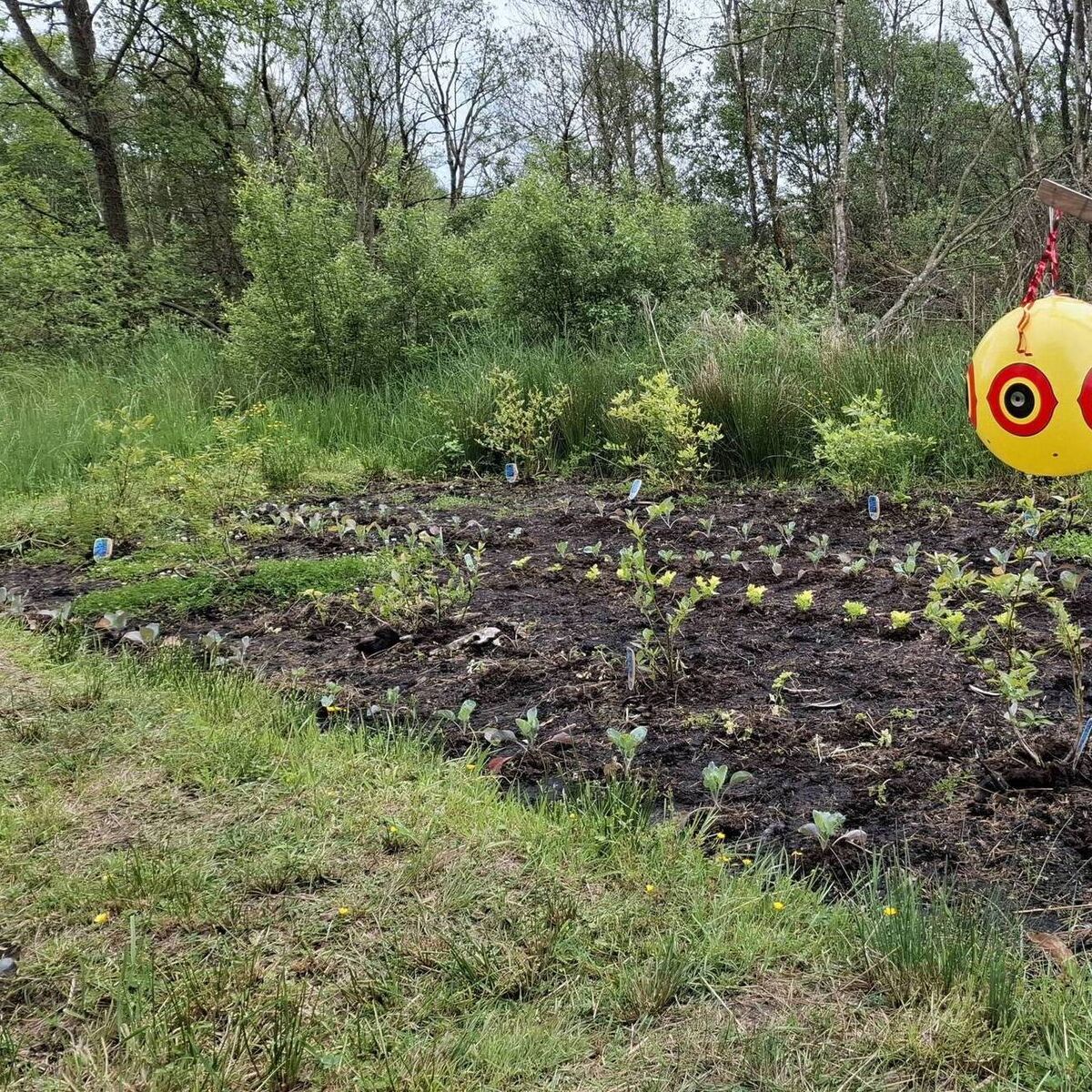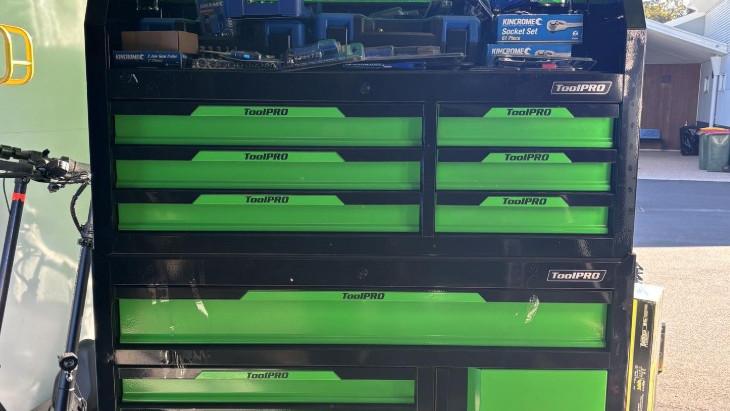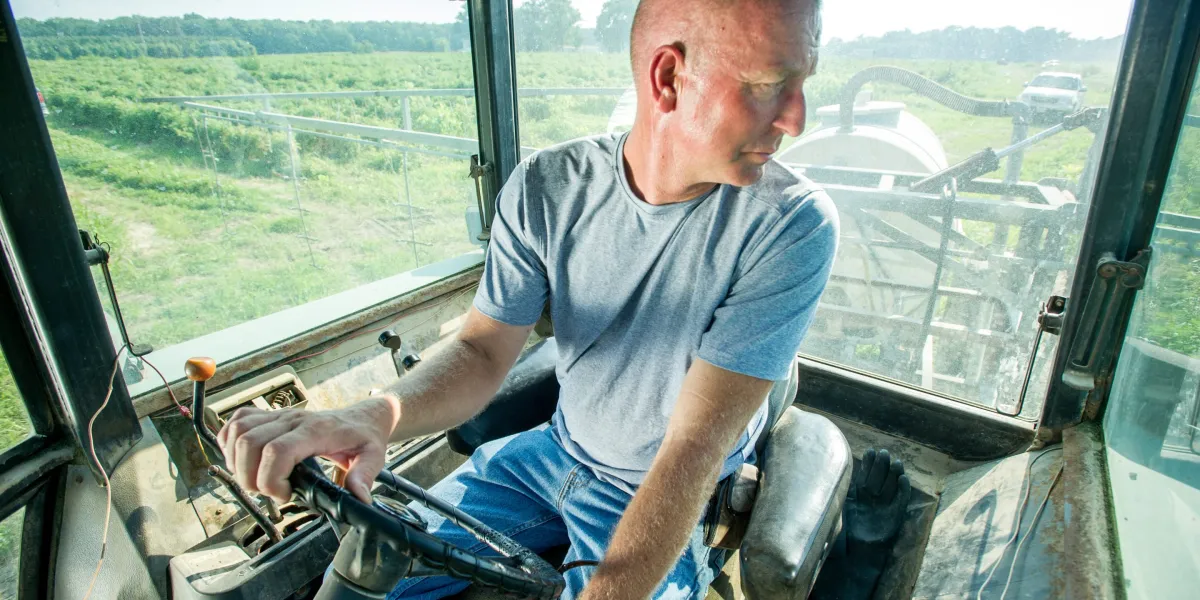By Irishexaminer.com,Michelle McKeown
Copyright irishexaminer

But, is there a way to keep these landscapes productive?
That’s where paludiculture comes in — a tongue-twister of a word that might just offer a way forward.
What is paludiculture?
At its simplest, paludiculture means farming or forestry on wet lands. Instead of draining bogs to grow grass, barley or potatoes, farmers can raise the water level and cultivate species that actually like having ‘wet feet’. The term comes from the Latin ‘palus’ meaning swamp and ‘cultūra’ for cultivation or agriculture. It’s a way to stop carbon emissions from drying peat while keeping the land productive.
Crucially, paludiculture is not a replacement for bog restoration. Where peatlands can be restored to functioning ecosystems, they should be. Paludiculture is designed for those cutaway or drained areas where the peat is too shallow, the hydrology too altered, or the damage too severe for full recovery.
Why it matters
Peatlands cover just 3% of the world’s land surface but store more carbon than all the world’s forests combined. When drained, they quickly become carbon sources instead of sinks. In Europe, drained peatlands pump out about 220 million tonnes of carbon dioxide every year. Ireland’s drained peatlands emit roughly 8-10 million tones of CO2-equivalent.
Ireland has more bog than most countries. Over a fifth of our land surface is peat soils, but the majority of this is degraded. Paludiculture offers a practical solution to peat lands that are highly degraded, this form of agriculture offers a compromise. Rewetting to stop further carbon loss from the soil, while creating new forms of farming suited to wet soils.
Crops for soggy ground
The crops involved are not the ones most people associate with Irish farming. Instead of barley and spuds, paludiculture focuses on crop and tree species that thrive in waterlogged conditions:
Reed, for example, has long been used for thatching but is now being harvested in parts of Europe for insulation, bioenergy and paper pulp.
Sphagnum moss, the classic bog moss, is being trialled as a sustainable alternative to horticultural peat, which is still widely used in gardening and for commercial plant production.
Cattails, or bulrushes, can be turned into eco-friendly packaging and building materials.
Alder trees, which tolerate wet soils, provide valuable timber. Even food crops such as cranberries and blueberries show promise in some rewetted landscapes.
Across Europe, experiments are showing what’s possible. In the Netherlands, farmers are cultivating reed and cattails at scale, and in Germany, Sphagnum moss is being grown to supply the horticulture trade. These projects demonstrate how degraded peatland can still be used for production, but in new and more sustainable ways.
More than carbon
The benefits of paludiculture extend beyond climate action. Rewetted peatlands act as natural flood defences, soaking up rainfall and releasing it slowly, which can help reduce flood risk downstream. They create habitats for wildlife, from dragonflies to migratory birds. And they could open up new opportunities for rural economies, supplying materials for construction or horticulture without draining or degrading the land further.
The hurdles
That said, paludiculture is no silver bullet. Markets for wetland crops are still small but they are developing. Agricultural subsidies have historically rewarded drainage-based farming, meaning financial support for rewetting remains patchy. And while the science is promising, more research is needed on yields, profitability, and the long-term carbon savings. Farmers, understandably, will also need clear business models before embracing such a change in land use.
Ireland’s opportunity
In Ireland, the timing is significant. Ireland is currently off track to meet its legally binding 2030 climate targets and cutting agricultural and land-use emissions is essential. With turf-cutting winding down and Bord na Móna out of peat extraction, thousands of hectares of cutaway bog are awaiting a new purpose.
Many of these highly degraded sites, along with drained grasslands on deep peat soils, could be managed by raising water tables to cut emissions and grow new wetland crops. Where feasible, full restoration to natural peatland should remain the priority, but where that is not possible, paludiculture offers a practical alternative.
Pilot projects are already underway such as Peatlands for Prosperity where Green Restoration Ireland runs Ireland’s first two Paludiculture farms in west Offaly. Green Restoration Ireland organises visits for farmers with the aim of expanding crop production to new areas. This has successfully trialled, among other things, a range of ‘bog’ berries such as blueberries, cranberries and chokeberries, wet multi-species swards, sphagnum moss, bulrushes and paludiculture forestry species.
Large reed and willow are also being explored as low-carbon building materials that could feed into Ireland’s circular economy. Done well, paludiculture can provide new income streams for farmers and rural communities while helping Ireland to close the gap on its climate commitments.
A pragmatic way forward
Paludiculture will not replace the benefits of bog restoration, nor will it solve the climate crisis alone. But on land too degraded to ever return to bog, it offers a hopeful compromise, farming on wet land instead of drained soils. It’s a shift in mindset, from battling nature to working with it. And in a country where bogs have shaped our past, paludiculture could play a role in shaping a more sustainable future.



